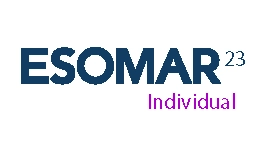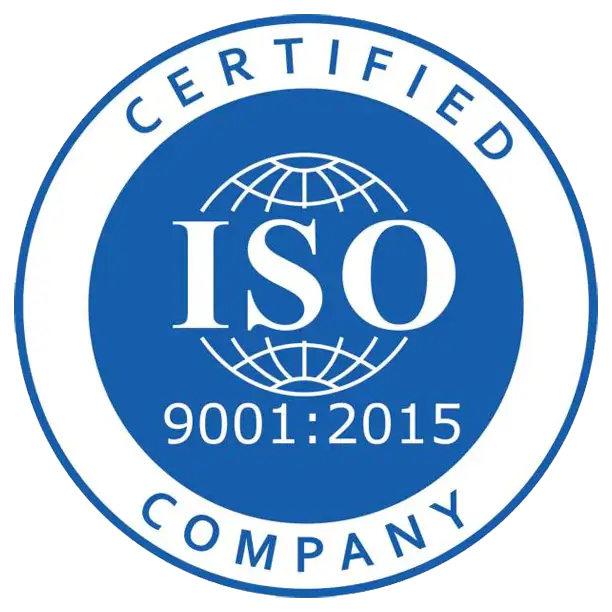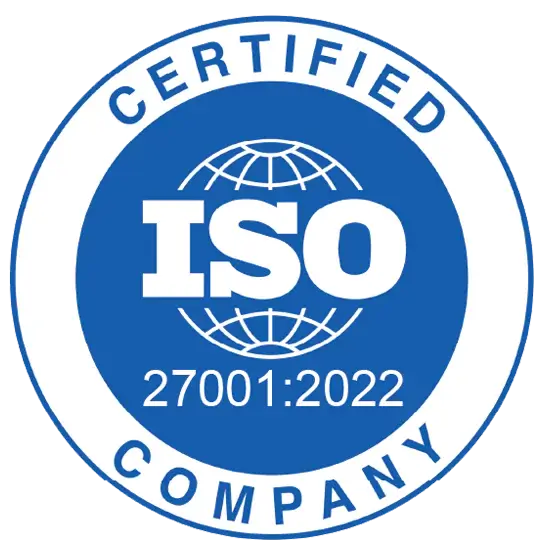Pharmaceutical Published Insights
Published Date : Oct 2023
Hair loss is a common condition and it can be caused by numerous disorders. Hair loss or alopecia begins after the onset of puberty. Pattern or androgenetic alopecia is a genetically predetermined disorder due to excessive response to androgens that affects around 50%... View more
Published Date : Oct 2023
Urinary incontinence is considered to be the variety of abnormalities occurs in the urinary tract that results in to experiencing normal micturition. This leads to involuntary loss of bladder control. Approximately 40% of community-dwelling elderly and hospitalized pa... View more
Published Date : Oct 2023
Aromatherapy is an alternative medicine therapy that is used to treat several disorders such as chronic pain, depression, anxiety, some cognitive disorders, insomnia and stress-related disorders. Aromatherapy is a holistic healing treatment that uses natural plant ext... View more
Published Date : Oct 2023
The coronavirus (COVID-19) pandemic is the most recent outbreak, which was first reported on December 31, 2019, in Wuhan, China. COVID-19 is a viral infection caused by a coronavirus called SARS-CoV-2, which affects the respiratory tract. The COVID-19 is highly contag... View more
Published Date : Oct 2023
The global spinal cord injury therapeutics market comprises therapeutics used for the treatment of spinal cord injury such as corticosteroids, non-steroidal anti-inflammatory drugs (NSAID’S), muscle relaxants, and anti-depressants. There are two types of spinal ... View more
Published Date : Oct 2023
Therapeutic proteins are one of the prime options for biologicals as per their clinical uses. Proteins are organic compounds with a higher molecular weight. This have therapeutic effects against various diseases like cancer, Acquired immunodeficiency syndrome (AIDS), ... View more
Published Date : Oct 2023
Parkinson's disease is a movement disorder caused by a neurological condition. Tremor, slowness of movement, tight muscles, an unsteady walk, balance, and coordination issues are all common symptoms. Levodopa, Dopamine agonists, MAO-B inhibitors, and Anticholinergics ... View more
Published Date : Sep 2023
Anti-psychotic drugs, also called tranquilizers or neuroleptics, are a specific type of medication that are majorly used for the treatment of schizophrenia or bipolar disorder. They are used to manage psychosis, including hallucinations, delusions, and disordered thought of paranoia, among others. A... View more
Published Date : Sep 2023
Huntington's disease, also known as Huntington's chorea, is an autosomal dominant inherited rare disorder that causes progressive degeneration of nerve cell of brain leading to deterioration of a person’s physical and mental abilities. Huntington's disease symptoms usually are detected at the age of... View more
Published Date : Sep 2023
Prefilled syringes have several advantages over traditional vial packaging, including ease of use. Prefilled syringes obviate the need for the processes that are required before using a drug in a vial. It also helps to eliminate dosing errors because prefilled syringe... View more
Published Date : Sep 2023
Thrombocytopenia is a condition in which blood platelets are low in person’s body. Thrombocytes are colourless blood cells that help blood clot. Thrombocytopenia is common in cancer patients. The occurrence of chemotherapy-induced thrombocytopenia varies from pe... View more
Published Date : Sep 2023
Minoxidil is an antihypertensive available in topical as well as oral solution used for hair loss treatment. It helps to stimulate hair growth and to slow balding. This drug is U.S. Food & Drug Administration (U.S. FDA) approved for androgenetic alopecia and femal... View more
Published Date : Sep 2023
Clinical nutrition involves the study of prevention, diagnosis and management of nutritional and metabolic changes related to various diseases such as diabetes, cancer, metabolic syndrome, Inflammatory Bowel Movement (IBD), and others caused by a lack or excess of ene... View more
Published Date : Sep 2023
Saudi Arabia pharmaceutical drugs market growth is driven by various factors such as population growth, investment of companies in halal pharmaceuticals, decrease in fertility rates, and increase in life expectancy. The market is witnessing increasing investments by m... View more
Published Date : Sep 2023
Intravenous solutions are supplemental fluids used in intravenous therapy to restore or maintain normal fluid volume and electrolyte balance when the oral route of administration is not possible in an individual. Intravenous therapy is a medical technique that deliver... View more
Published Date : Sep 2023
Alopecia is the medical term for hair loss. Hair loss can happen naturally or as a result of a disease or the use of certain medications. Some common types of alopecia include: Androgenic alopecia is common in both men and w... View more
Published Date : Sep 2023
Amitriptyline is a tricyclic antidepressant with sedative effects. Amitriptyline affects certain chemical messengers (neurotransmitters) that communicate between brain cells and help to regulate the mood. The drug is indicated for treatment of major depressive disorde... View more
Published Date : Sep 2023
Progressive familial intrahepatic cholestasis type 2 (PFIC2) is a rare condition that affects the liver. People with this condition generally develop signs and symptoms during infancy, which may include severe itching, jaundice, portal hypertension (high blood pressur... View more






